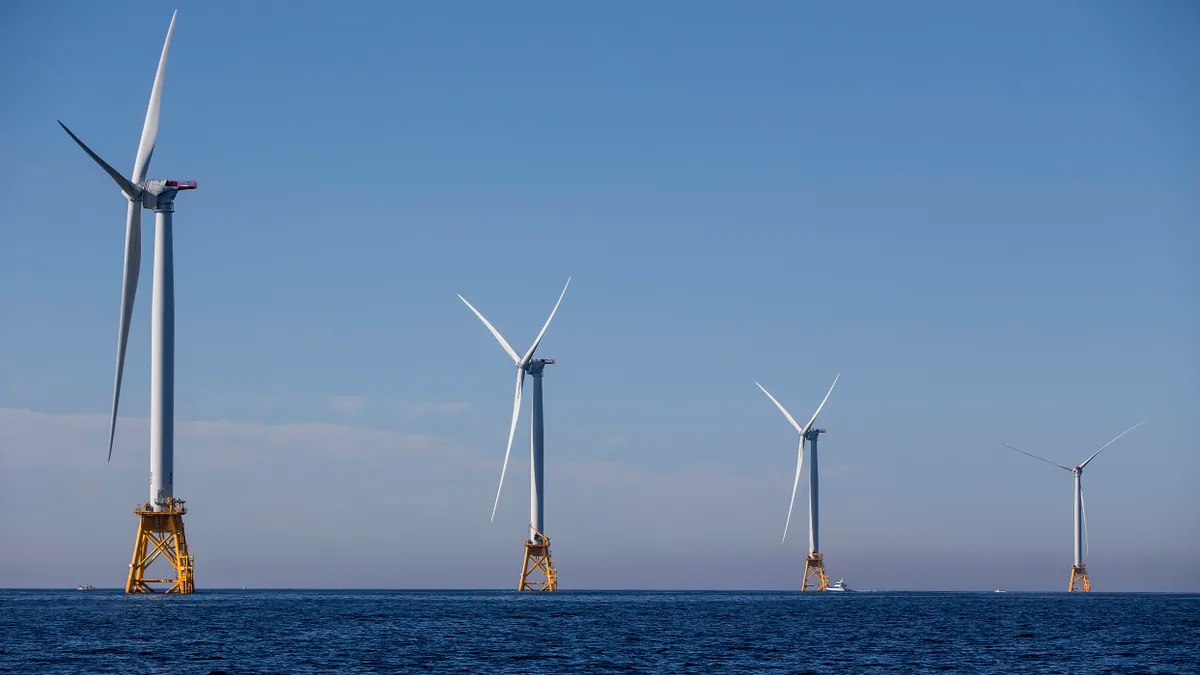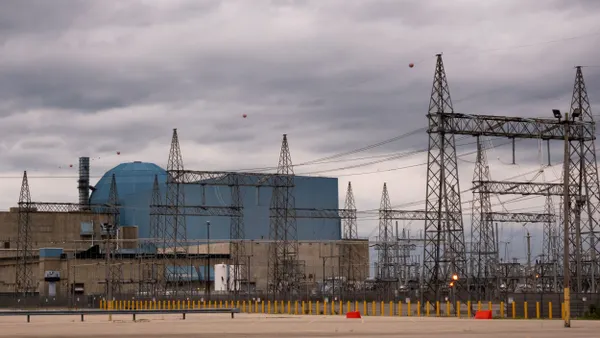Dive Brief:
- General Electric’s power and renewable energy operations could prove to be a big winner from the industrial conglomerate’s decision to split the company into three separate, publicly traded firms, said Andrew Dillon, an innovation fellow in the energy and utilities practice at business and technology consulting firm West Monroe.
- Combining GE’s power, renewable energy, and digital service units will give the new, independent firm the flexibility, focus and financial firepower to take advantage of the major business opportunities arising from the decarbonization of the electric grid, Dillon said.
- GE expects the spinoff of its energy, power and digital services operations to be complete by early 2024, with the health care unit to be split off in early 2023.
Dive Insight:
GE’s decision to call it quits on its long history as an industrial conglomerate and split up comes after more than a decade of failed reinvention plans, falling stock prices, and abrupt changes in leadership at the top.
GE Chief Executive Larry Culp, who took over the struggling giant in 2018, has been focused on selling and streamlining assets and paying down debt. That, in turn, has been a marked contrast to the early 2000s, when GE was the darling of Wall Street under CEO Jack Welch and busy expanding its corporate empire into an array of sectors.
Conglomerates have since fallen out of favor among investors, with the market now favoring more sharply focused firms as opposed to giant corporate empires boasting of synergies.
GE’s power, renewable energy and digital services/software spin off should have no lack of business opportunities to chase, Dillon said, noting the $1.2 trillion infrastructure bill that just passed.
Demand for renewable power should keep GE busy building wind turbines, while its traditional power plant business is in a great position to help electric utilities move down the road toward decarbonization, he said.
Dillon sees vast growth opportunities for GE in the expansion of the electric grid now being planned, as well as in helping power companies explore the use of hydrogen in place of fossil fuels, and to developer carbon capture technologies.
"The U.S. just passed a massive infrastructure spending bill," Dillon said. GE’s power and renewable energy unit "is better positioned to take advantage … as a standalone entity."
Wells Fargo Managing Director Joseph O’Dea, in a report on the split, also sees long-term growth potential for GE’s renewable energy and power business.
Revenue in 2020 for the units was $33 billion, according to O'Dea's report.
"There’s been increasing focus on decentralization and accountability deeper into the businesses, with a break-up reinforcing views that the business can be stronger on their own," O’Dea wrote.














